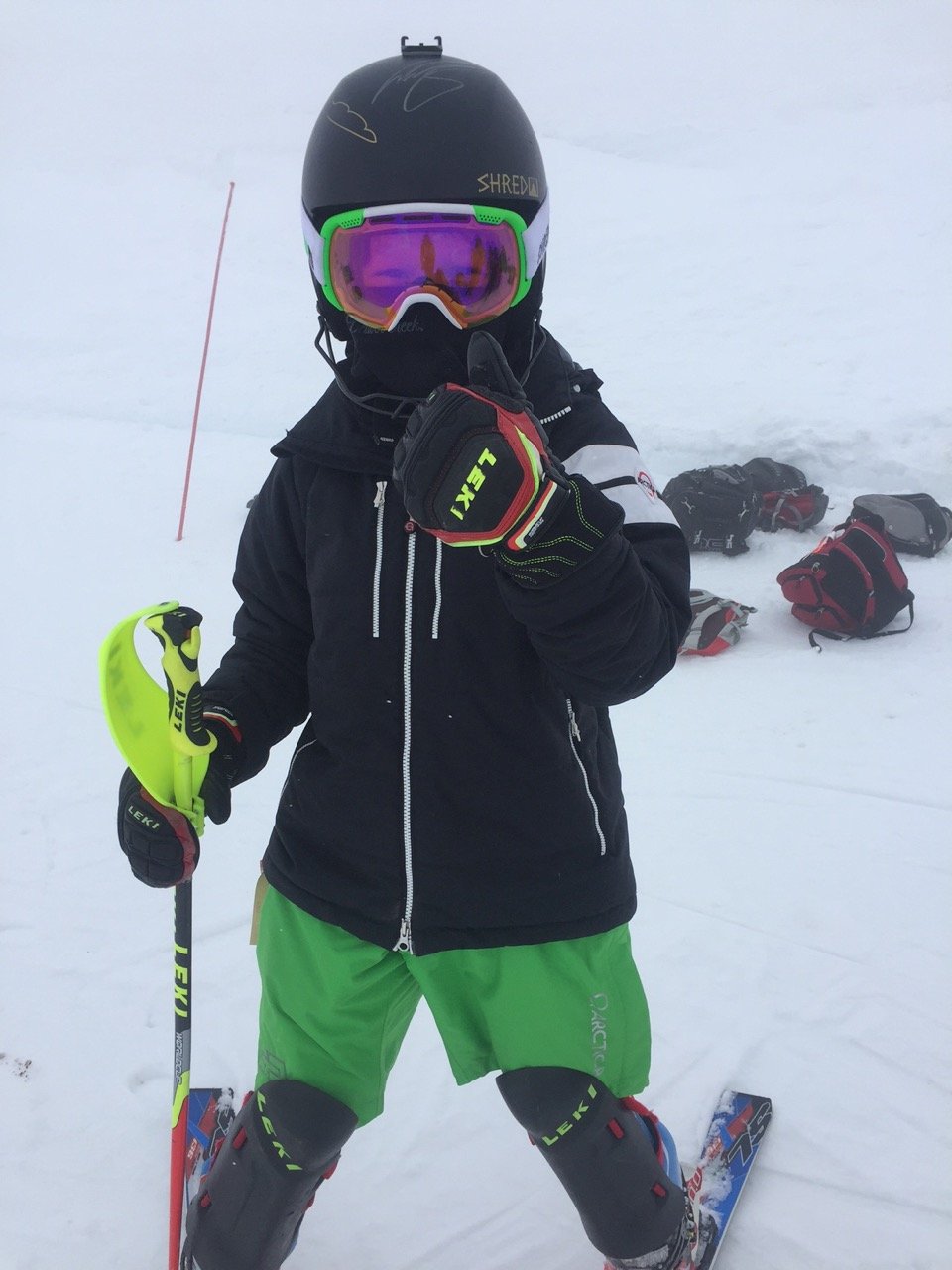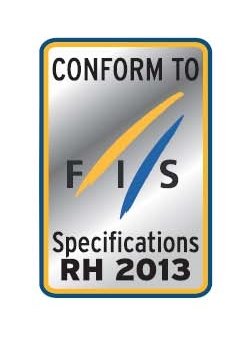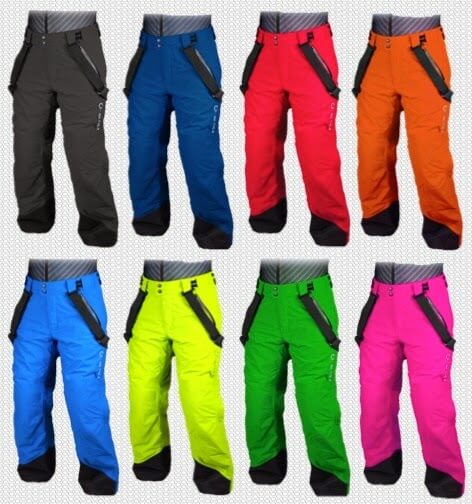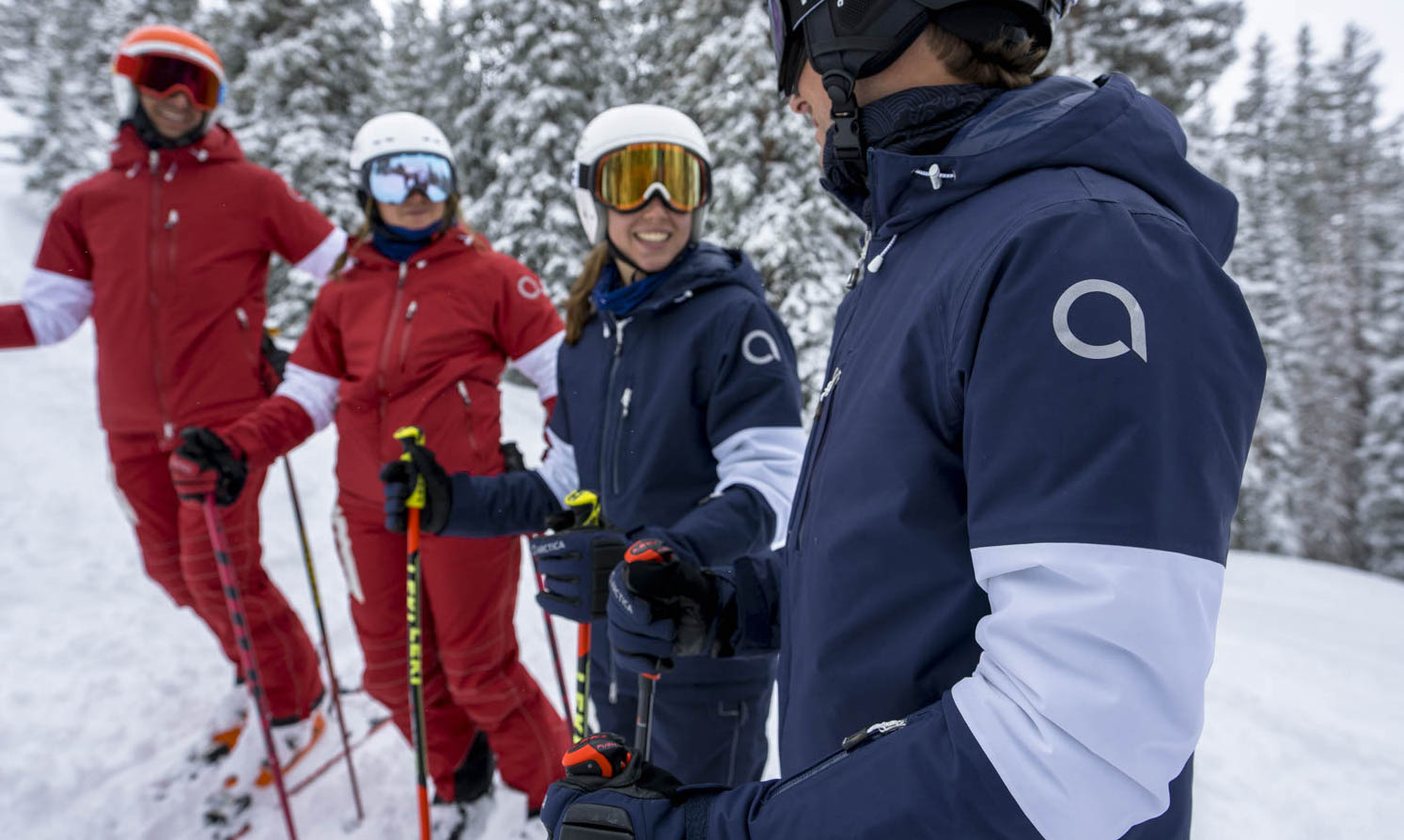Plan ahead to get the best deals on ski racing gear
The kids are back from summer camp and starting school within the next 2 weeks. If you haven’t done so already, now is the time to start planning for their 2016-17 ski racing gear needs. Dig out their ski racing gear and make them try everything on. EVERYTHING. Ski Boots, race suit, race protection, poles, ski pants, jacket, gloves. Make sure to dig their skis out and size them up next to your child too.
September and October are the best months to shop for the largest selection of ski racing gear at the lowest prices. Ski shops are opening back up for the season and blowing out all of their leftover ski gear from last season. There is an abundance of Ski Swaps going on all over the country. There are Race Day/Team events to help young ski racers get the latest ski racing gear at manufacturer’s sponsored race pricing (the lowest price new ski racing gear can be sold at in season!)
What ski racing gear does your child (really) need?
Ski racing gear needs will vary based on the program that your child is participating in. Here is some general information that will help you determine what you might need to shop for. Check with your team, program or coach to determine your exact needs.
Skis and Bindings – If your child is ‘graduating’ from a club team to a USSA/FIS team they will more than likely need a ‘real’ pair of race skis. And if they are a U12 or older they should have two pairs of race skis (SL and GS). General rule of thumb with relation to skis for kids 11 yrs old or younger – do their Slalom skis fall somewhere between the bridge of their nose and their forehead? Are their GS skis at least 4 inches longer than their SL skis? If they only use one pair of multi-event skis the length should be SL ski length. For U16 and U14 kids, in addition to height and weight -age, racing level rules and ability will dictate ski length. Ask your coach or refer to the Alpine FIS and USSA Equipment Rules 2016-17 for ski specifications for your child’s age group for more information.
Ski Boots – All ski racers need appropriate ski racing boots that fit precisely and offer the right amount of flexibility to allow the ski racer to put their skis on edge. If they can’t flex their boot, they’re not going to be able to get their skis on edge. The Lange RSJ 50, RSJ 60 and RS 70 SC ski boots are a great place to start your child out for their first ski racing boot – fits lots of feet shapes and sizes comfortably, appropriate flex, reasonably priced. Rossignol, Head, Nordica, Fischer, Atomic and the other ski boot manufacturers all have very viable junior ski racing boots available as well.
Boot Fitting – In addition to appropriate ski boots many young ski racers benefit greatly from a little boot fitting. No need to go nuts yet with a stance analysis, lifters and canting – just start out with a good footbed that will allow for better support and a more customized fit. Sidas and Superfeet are two popular brands that make good cut-to-fit, drop-in footbeds for ski boots. If your young skier is really having a hard time getting to the front of their skis, talk to your boot fitter about a heel lift.
Ski Poles – Younger ski racers need one pair of poles that are sized appropriately for their height in ski boots. To size poles, stand the pole next to them as if they are using it -except place it upside down, top of grip on floor. Grab the pole just under the basket (top of hand touching basket). If the elbow makes a 90 degree bend or just shy of a 90 degree bend – the ski poles are a good length. A pole that is too short or too long will be more of a hinderance than a help. Although most kids will bug you for ‘bendy poles’ -it’s not until they get older and are skiing slalom courses with tall gates that they will need “bent” (GS) poles and straight (SL) poles with Slalom guards.
Helmets – USSA/FIS rules specify that all helmets worn for GS/SG/DH ski racing by U14 or older athletes must conform to the FIS RH 2013 rule. These helmets will have the RH 2013 sticker that attests to it from the manufacturer. Although it is only a USSA rule for U14 and older athletes, most USSA teams have adopted this rule for all athletes regardless of age. Many club teams and non-USSA teams have also adopted this rule – check with your coach if you are unsure.
Ski Race Suits – Although not required for ski racing, they are the generally accepted norm among ski racers of all ages and ability levels. In order to be worn for USSA/FIS ski racing they must meet the FIS CS 2015 Rule. The Arctica RaceFlex GS Speed Suit is the only FIS approved ski race suit on the market for under $300.
Side Zip Pants – These pants are designed to easily slip off at the starting gate as the racers strip down to their speed suits to race. It is impossible to get ski pants off over ski boots unless they are full side zip pants. The Arctica Full Side Zip Pants are available 365 day/year in a rainbow of colors.
Be careful when buying used ski racing gear
With so many FIS/USSA rule changes in recent years there are many people who have ended up with ski racing gear that is no longer legal for their child to use and so there is a lot of used gear in the market. Know your gear and the ski racing rules before buying used. A little older article but still very valid – Buying used skis and bindings: BUYER BEWARE!! We recommend you buy new from a reputable ski racing specialty ski shop whenever possible. They are experts in ski racing and know what your child needs. If you do plan to buy used gear though, here are some tips to help you.
Skis – Make sure they are still legal for use in the age category that your child will be racing in. The USSA/FIS rules change frequently. Don’t make the mistake of buying a pair of skis that your child will not be allowed to use.
Bindings – Make sure any bindings that you buy are still indemnified and that they offer the proper DIN range for your ski racers ability. You do not want your ski racer skiing at the top or bottom end of the DIN range of a binding. If they ski at a DIN of 4, you will want a binding with a DIN range of 2 – 7 (or close/similar to that). If they are skiing at a DIN of 4, they cannot use a binding with a DIN range of 4 – 12. No reputable ski shop will work on or install a ski binding that is so old it is no longer indemnified. It will probably not pass a binding test either. Here is a really comprehensive list of indemnified ski bindings as of 2015-16. Also make sure you get the appropriate bindings for the DIN spec norms (toe and heel height) of your child’s ski boots. Some bindings have a junior DIN spec, some bindings have an adult DIN spec and some can fit either boot. Know what boot you’ve got so you know what binding you need. Here’s a more in-depth explanation of the mechanics of skiing equipment.
Ski Boots – Check boot sole wear. If the boot soles are too worn they will not fit securely in a ski binding. Also know whether you are buying a junior boot or an adult boot so that you can make sure you get the appropriate corresponding binding. A boot with a junior sole will not work in an adult binding and vice versa.
Ski Race Suits – New rules are transitioning into effect, make sure any race suit you buy now conforms to the FIS CS 2015 equipment rule and has the label imprinted on the fabric so that it will be legal for use in the future.
Buying ski racing gear can be daunting, and expensive. Our advice is to find yourself a good ski racing specialty shop for all your ski racing gear needs. If there is not one near you, most have an online store and are more than happy to walk you though your purchase over the phone. They are the experts in the field and will get your child in the appropriate gear for their age and skill…and your budget. You can find a list of the best ski racing specialty ski shops in the business in the Store Locator on arctica.com






